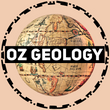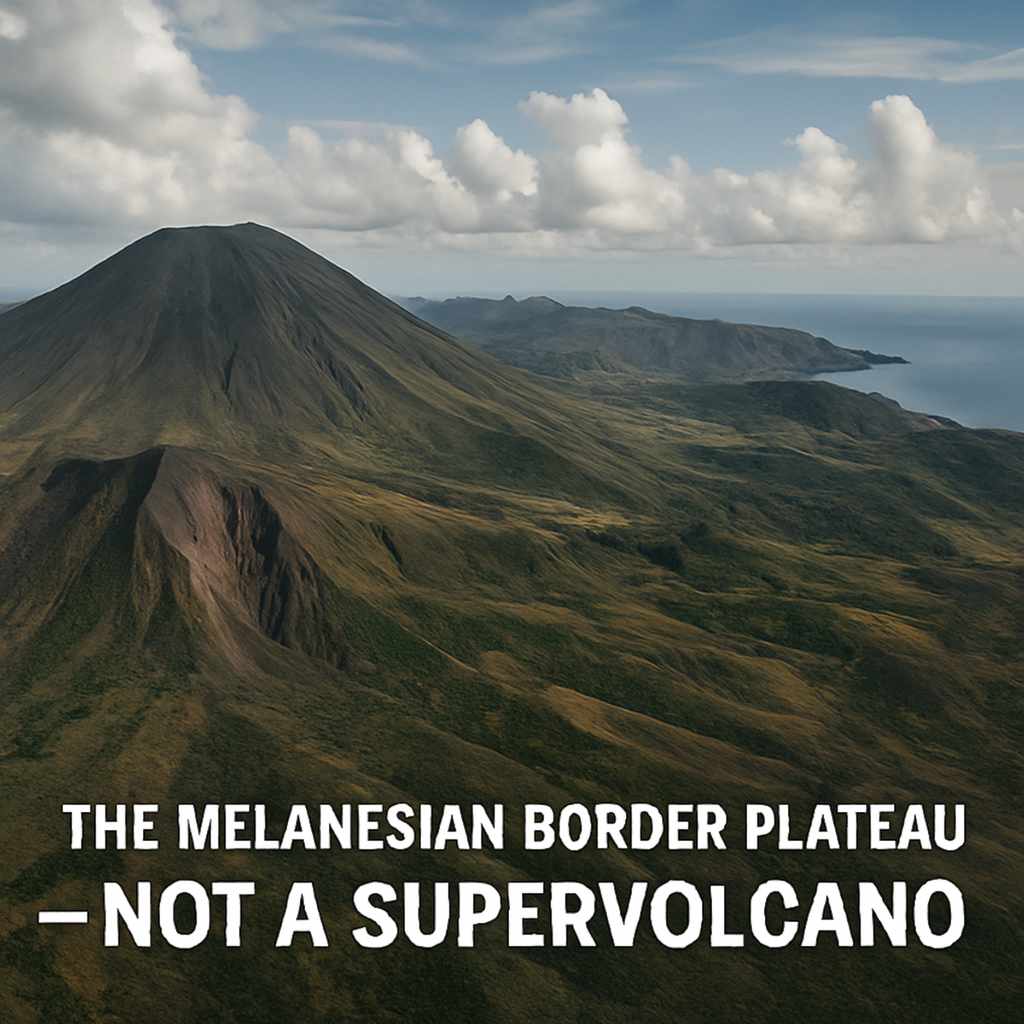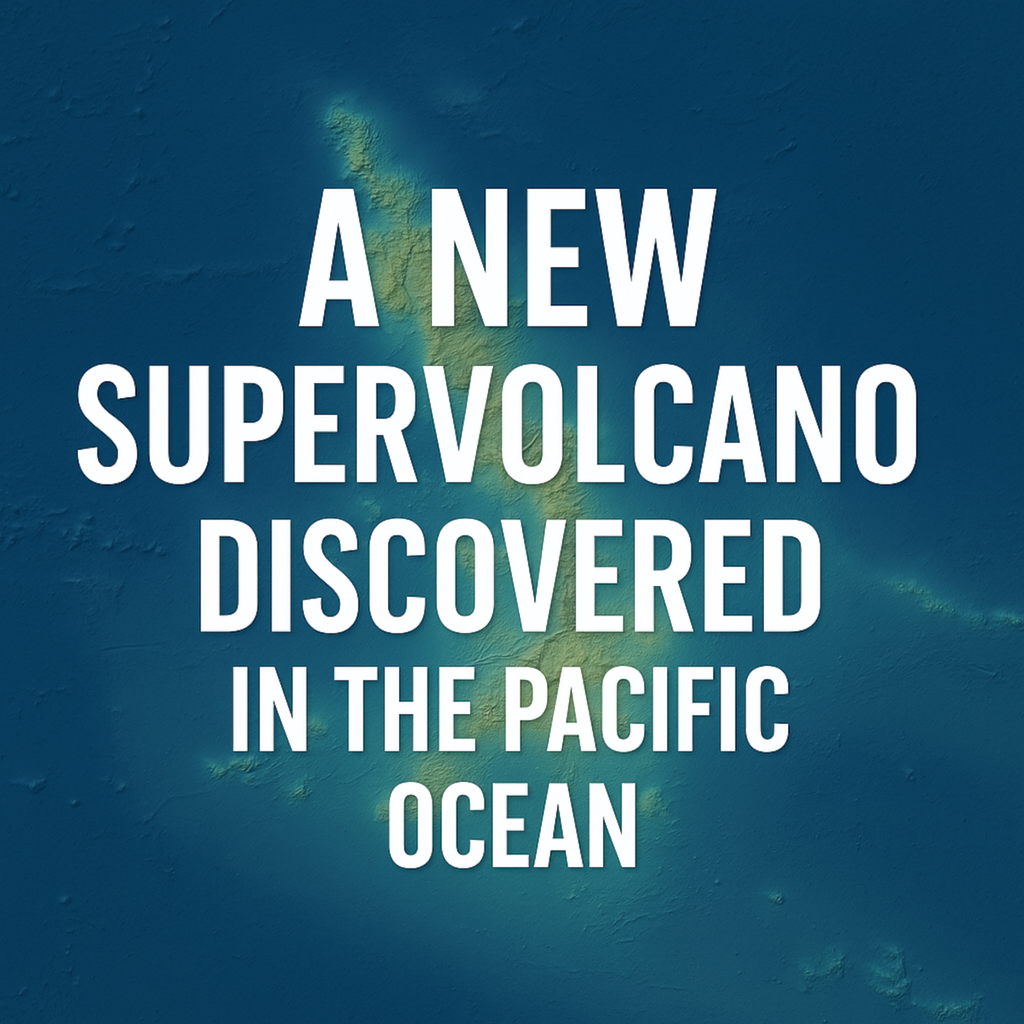A New 'Super Volcano' Discovered In The Pacific: The Truth
A wave of media hype has recently misrepresented the Melanesian Border Plateau as a looming supervolcano. But geologists aren’t buying it.
Located northeast of Australia, this vast underwater plateau is indeed volcanic in origin—but it’s not a hidden Yellowstone. The Melanesian Border Plateau is the product of hotspot volcanism and back-arc tectonics, forming mostly during the Cenozoic era through scattered submarine eruptions and seafloor spreading.
Unlike true supervolcanoes, which are defined by catastrophic caldera-forming eruptions ejecting over 1,000 km³ of material, the plateau shows no such eruptive history. Instead, it's a diffuse volcanic province, more comparable to the Ontong Java Plateau or Hikurangi Plateau, both massive yet stable oceanic features.
So no, it’s not about to erupt and end the world. It's a fascinating volcanic relic—but not an apocalyptic threat.


